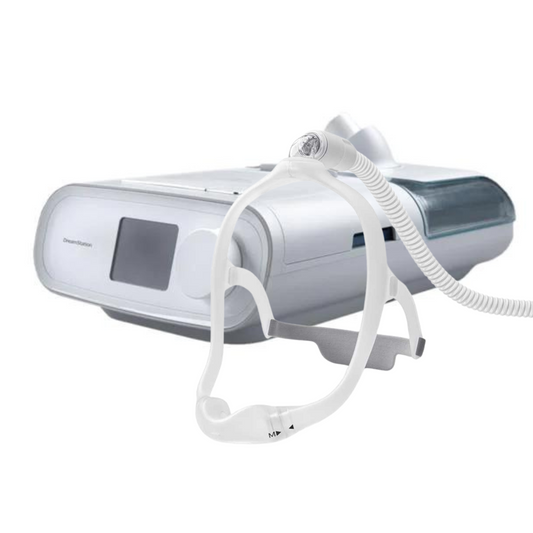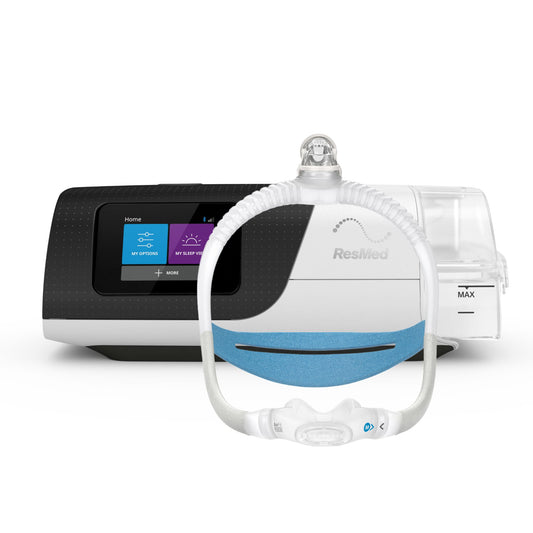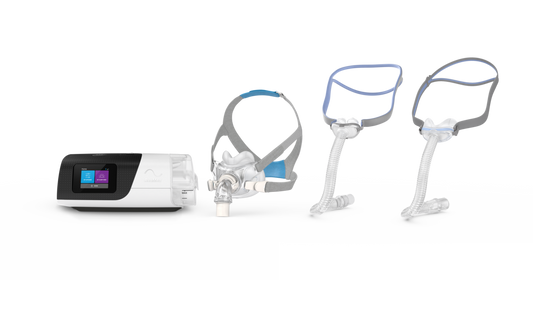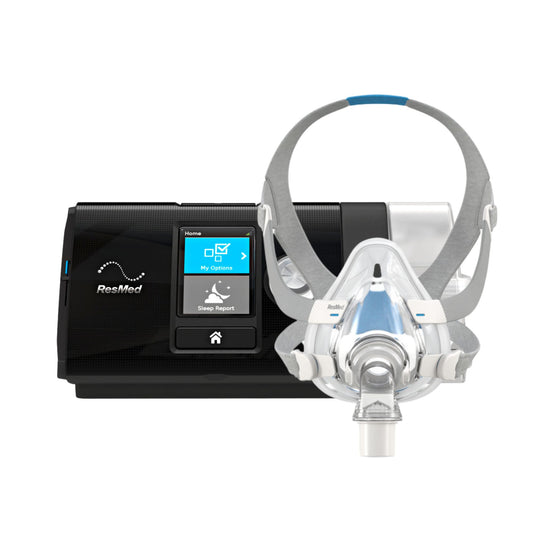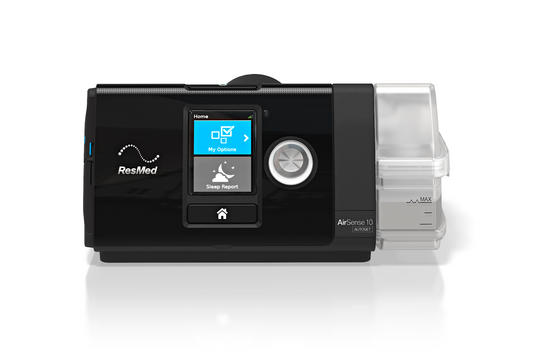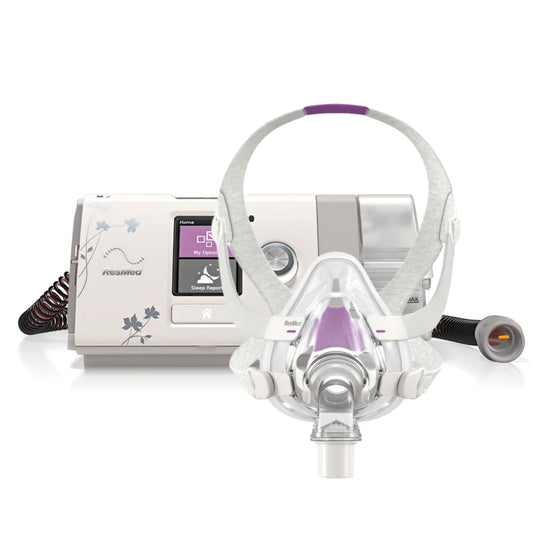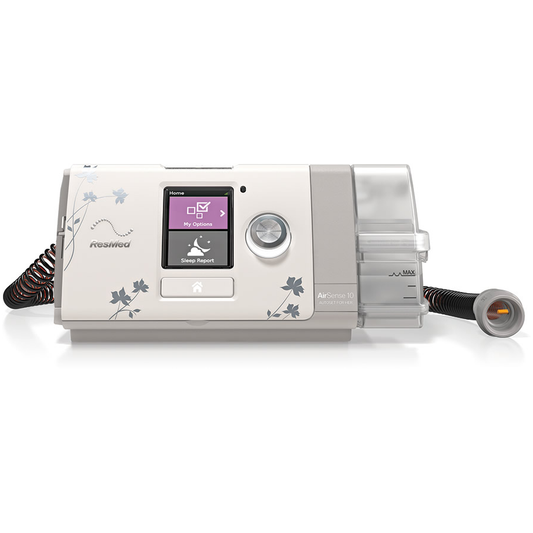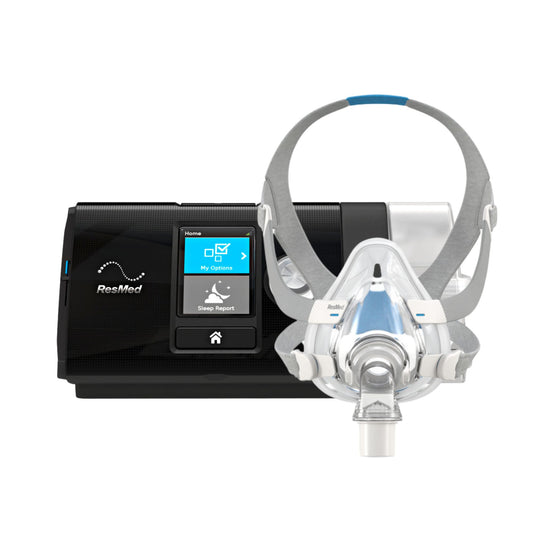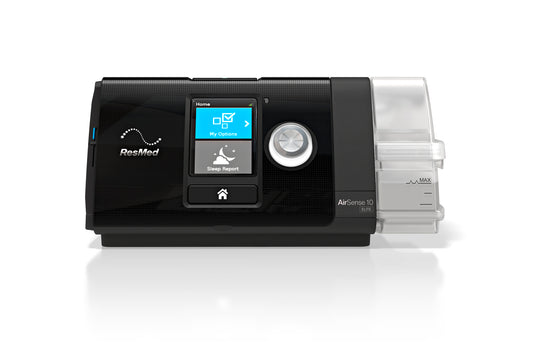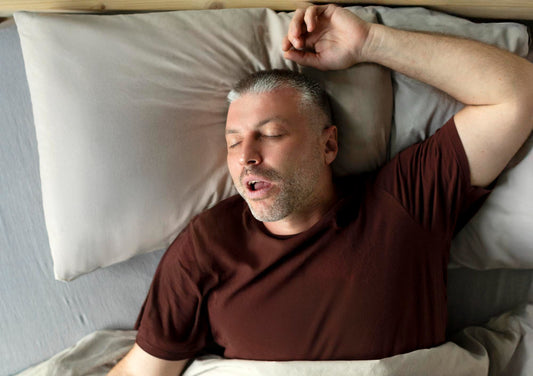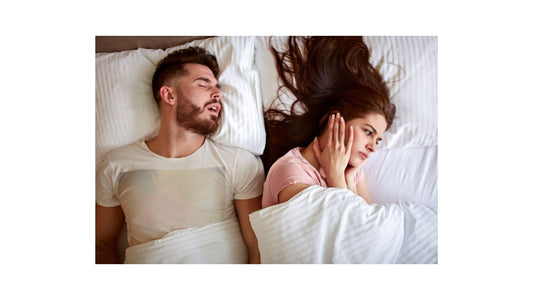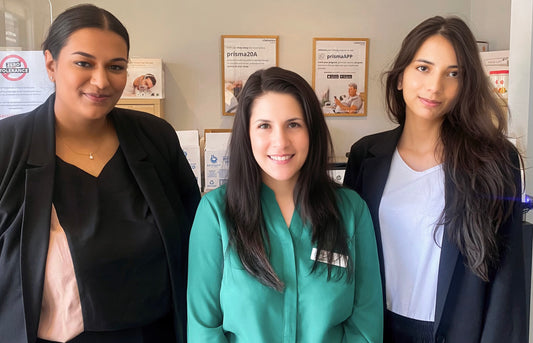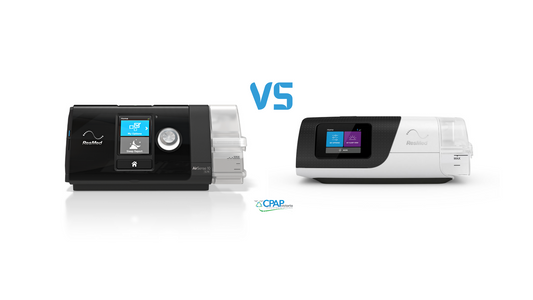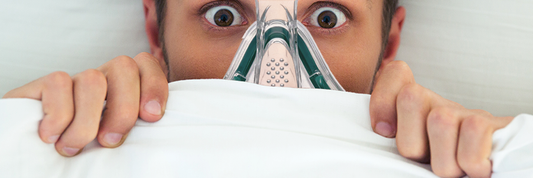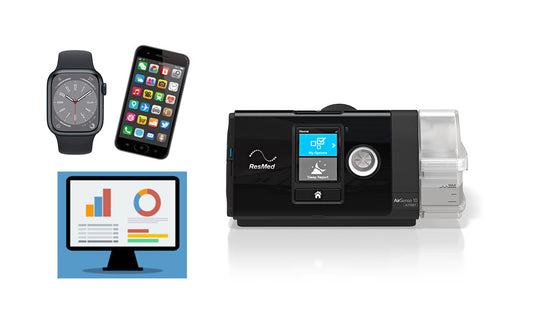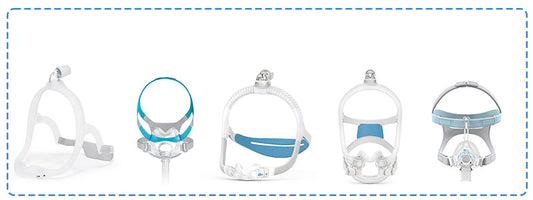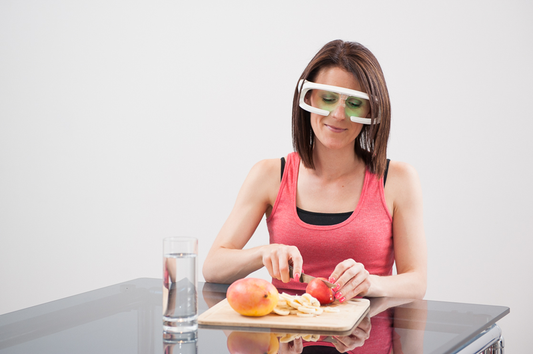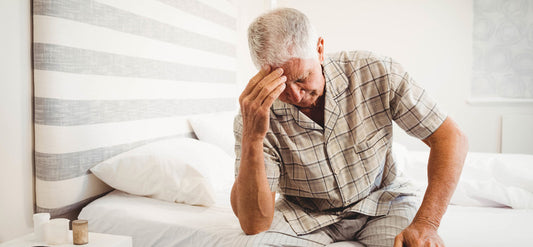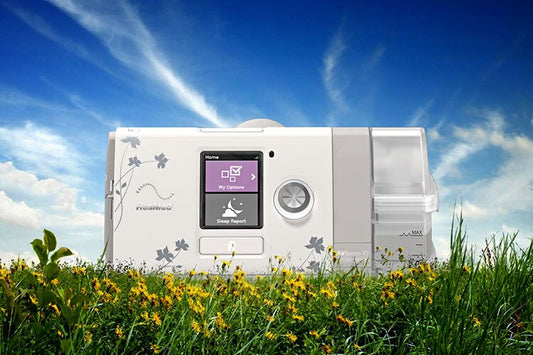Home testing for sleep apnoea is now possible. There’s no need to stay overnight in an in-lab sleep laboratory for a qualified test. A home sleep apnoea test will provide a licensed sleep medicine practitioner all the required information to diagnose obstructive sleep apnoea. All you have to do is wear the equipment that will collect all the necessary information regarding your breathing pattern while you sleep. The equipment is quite easy to set up as you can do it yourself.
There are various brands of sleep apnoea home testing, offering a variety of equipment and sensors. These devices will accurately measure your blood oxygen and breathing level with some brands even measuring heart rate.
Home sleep apnoea testing may be recommended by a sleep specialist if you have indications of moderate to severe obstructive sleep apnoea (OSA). This test may also be recommended for those with possible co-morbidities of OSA. However, if you have do not have high risk OSA or if your doctor suspects another type of sleep disorder or if you have a medical condition such as neuromuscular diseases, pulmonary diseases or congestive heart failure, sleep apnoea home testing is not recommended.
Home Testing Process
A home sleep apnoea test is specifically designed to be an easy and quick method of collection information about your sleep pattern. On the day of your test, you will be required to do your usual daily routine. You should avoid napping during the day and refrain from caffeinated drink or food after lunch.
If you take any medication daily, your sleep medicine doctor might ask your regular doctor to permit you to stop medication until after the home test.
The home sleep apnoea test device will either be delivered to your house or you might be instructed to pick it up from the doctor’s office. A qualified representative of the sleep clinic will give you the necessary instructions on how to set up and use the device. If you are not tech savvy, ask someone in your family to receive the instructions. When you are ready to sleep, all sensors will be attached on parts of your body as instructed. You have to log the time or press a button on the device to indicate the time you went to bed. In the morning, all you have to do is take off the sensors, pack the equipment and bring it back to the sleep doctor’s clinic for interpretation.
Test Results
Interpretation of gathered information usually takes several days or even weeks. If the result of the home test is inconclusive or if the test result indicates that you have another type of sleep disorder, the sleep specialist might request for an in-lab sleep study done in a hospital or clinic setting.
If your diagnosis is OSA, there are treatment options available from CPAP Victoria. The most effective one is CPAP therapy.
Find a clinic or call us now for a consultation 1300 750 006.

